Stormwater
Menu
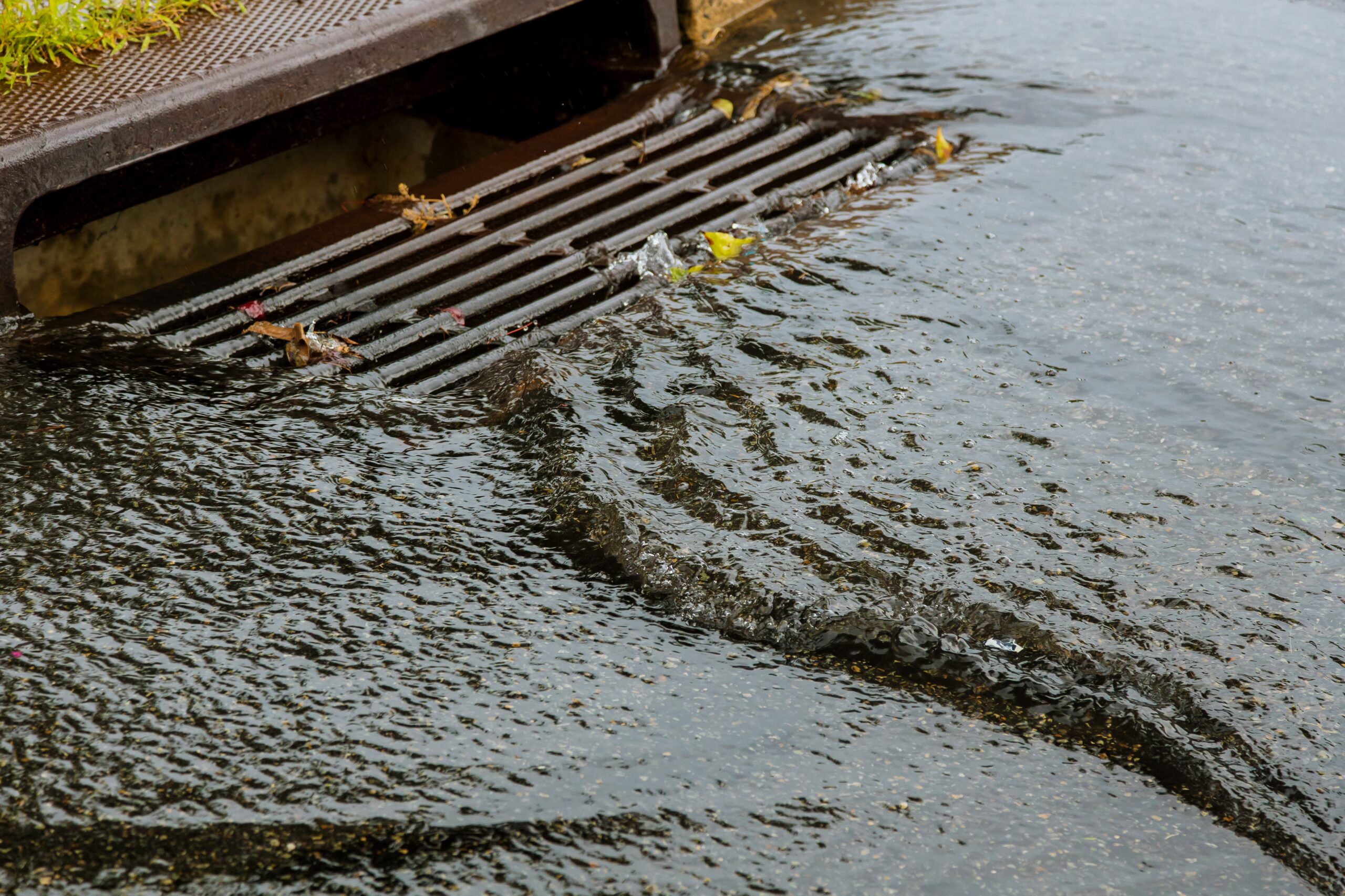
Management
Stormwater management is the process of managing the quality and quantity of water runoff from precipitation events. The purpose of stormwater management is to minimize flooding, prevent erosion, and protect water quality by filtering pollutants before they enter natural waterways. The process typically involves assessing the drainage patterns, designing a stormwater management plan, and implementing various strategies, such as infiltration systems, rain gardens, and retention ponds. Proper stormwater management can improve the environment, protect public health, and ensure compliance with regulatory requirements.
Maintenance
Stormwater maintenance is the process of inspecting and maintaining stormwater management systems to ensure they are functioning properly and effectively. The purpose of stormwater maintenance is to prevent flooding, protect water quality, and prolong the life of the infrastructure. The process typically involves routine inspections, cleaning, and repairs of various components, such as catch basins, pipes, and detention ponds. Maintenance also includes monitoring for pollutants and implementing mitigation strategies as needed. Proper stormwater maintenance helps to prevent costly repairs and ensures compliance with regulatory requirements.
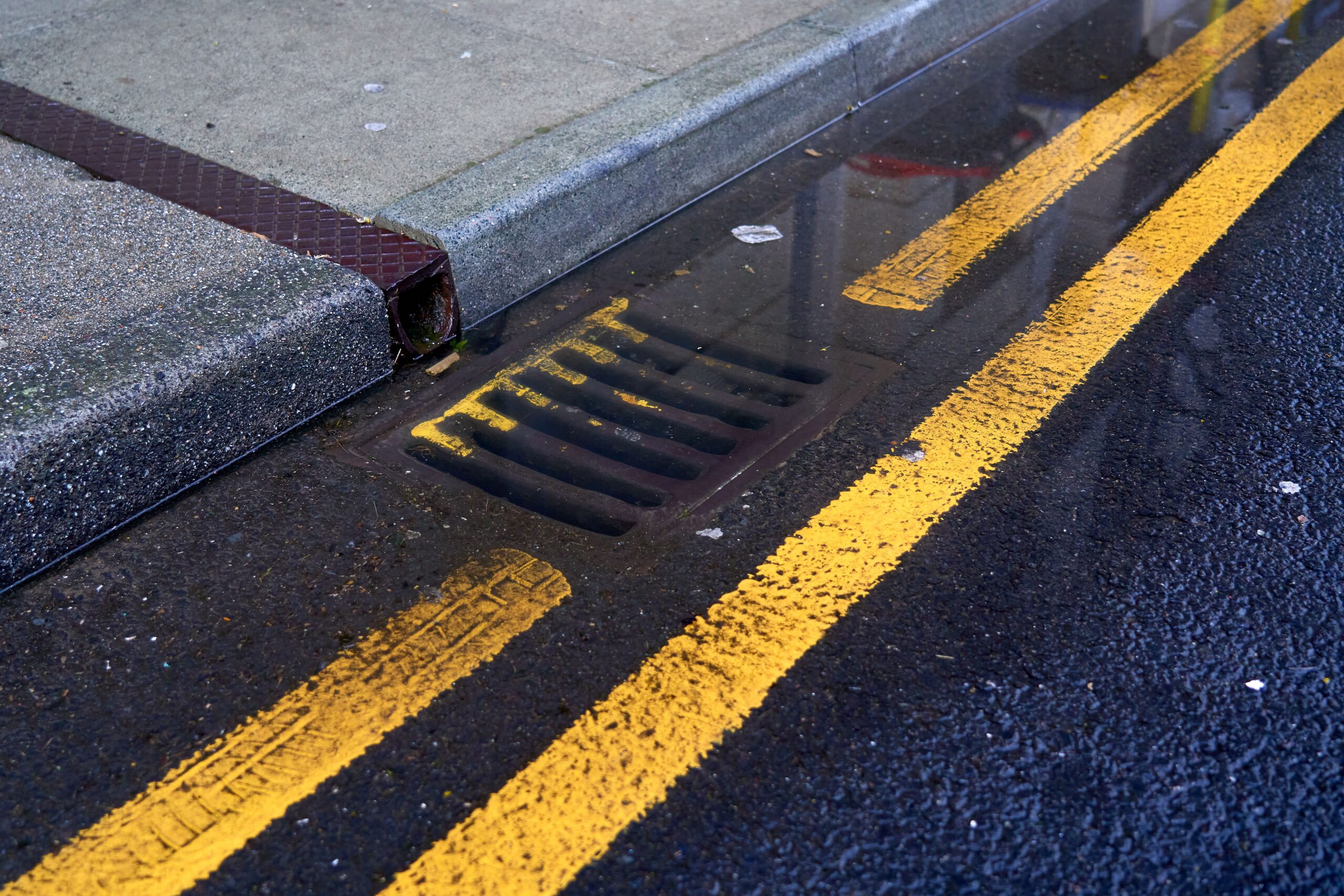
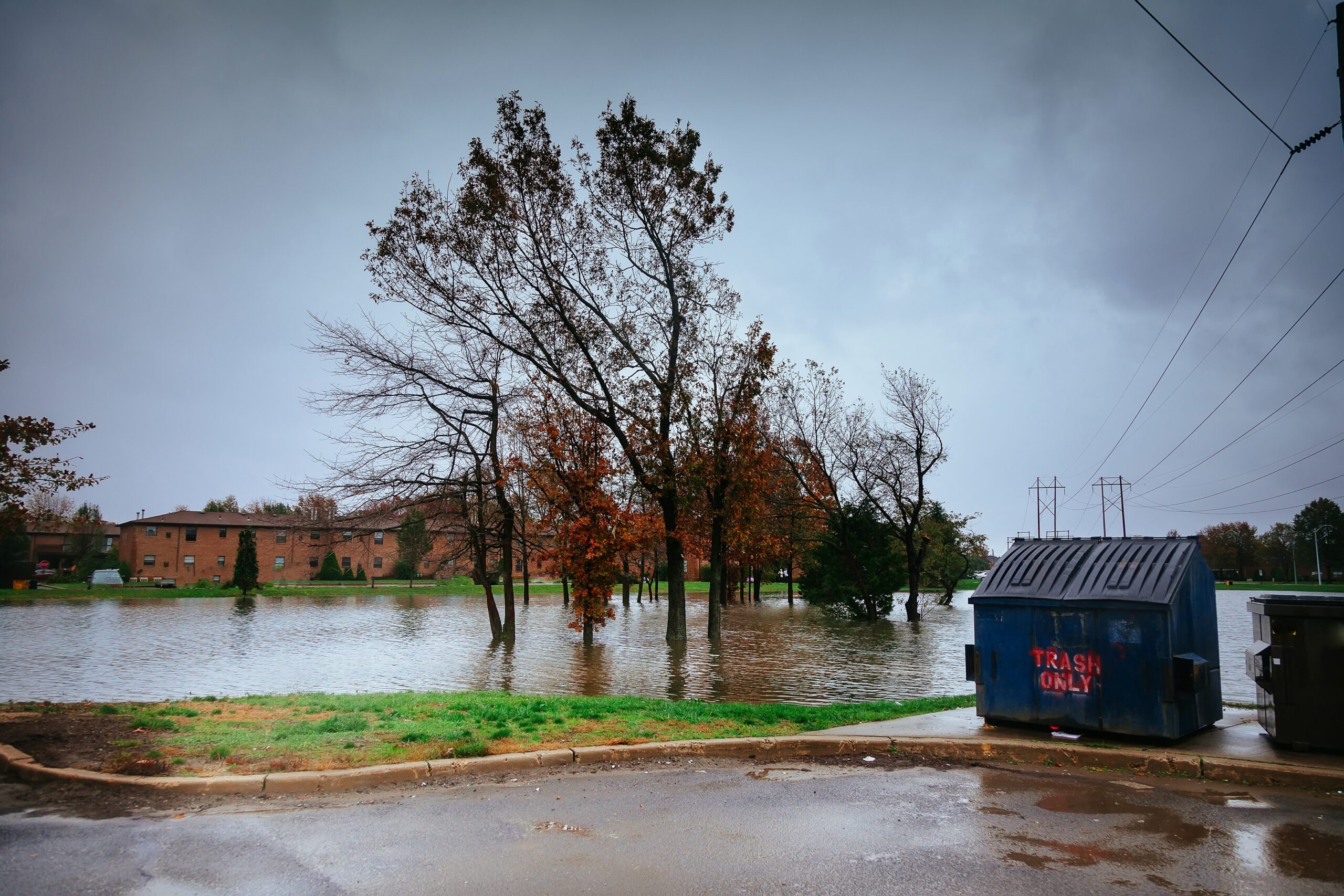
Violation
A stormwater violation occurs when a property owner or entity fails to comply with regulations related to stormwater management. Violations can include failure to obtain permits, failure to maintain stormwater management infrastructure, and discharging pollutants into natural waterways. The consequences of stormwater violations can include fines, legal action, and harm to the environment and public health. To avoid violations, it is important to comply with regulations and properly maintain stormwater management systems. If a violation does occur, it is important to address and resolve the issue as quickly as possible to minimize damage and avoid further penalties.
Erosion Control
Stormwater erosion control is the process of managing and minimizing the erosion caused by water runoff from precipitation events. The purpose of erosion control is to protect the environment, prevent sediment and pollutant runoff, and ensure compliance with regulatory requirements. The process typically involves assessing the site’s slope, soil type, and vegetation cover, and implementing various strategies such as installing erosion control blankets, mats, and sediment basins. Proper erosion control can prevent soil erosion, protect water quality, and reduce the need for costly repairs to infrastructure and natural habitats.
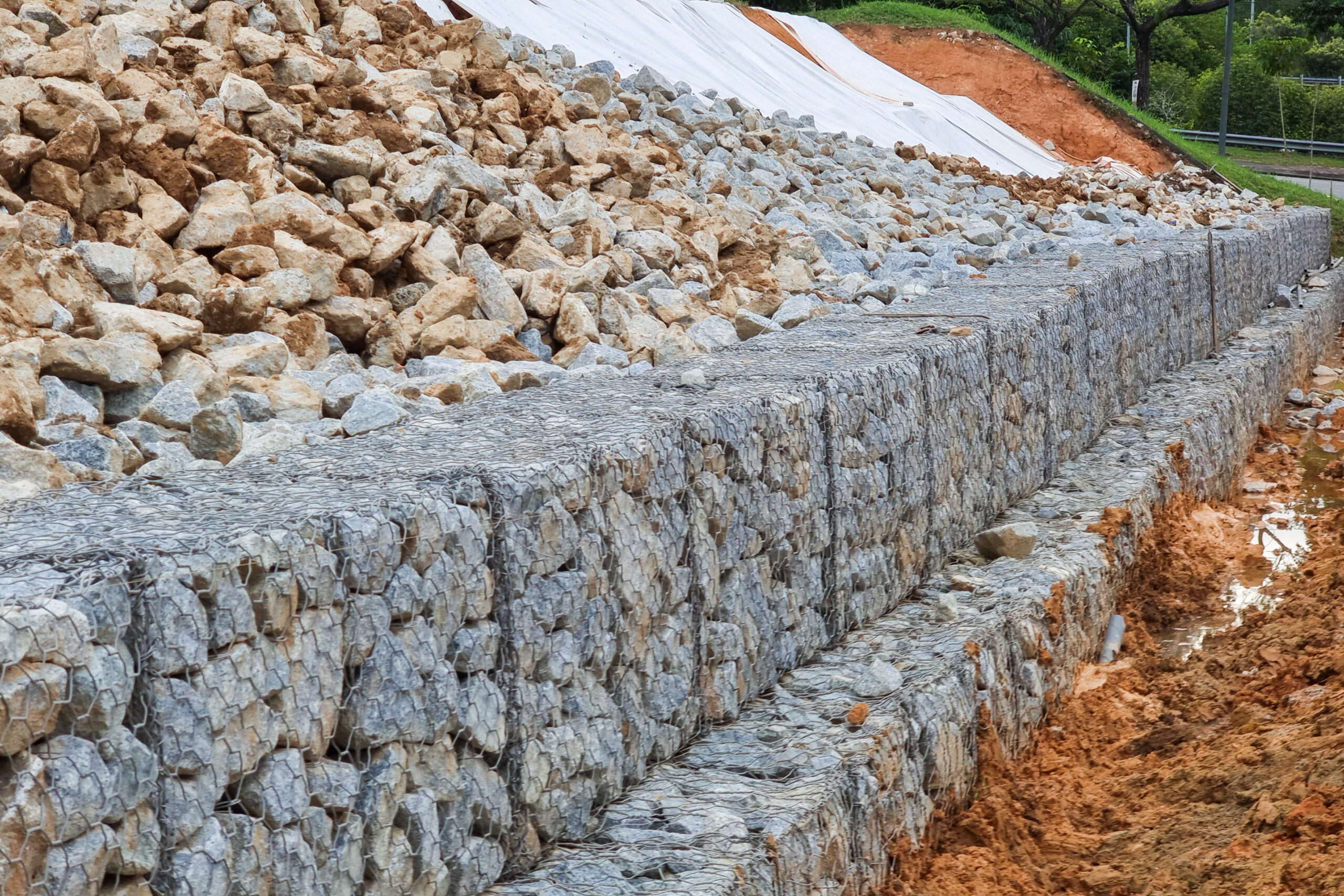
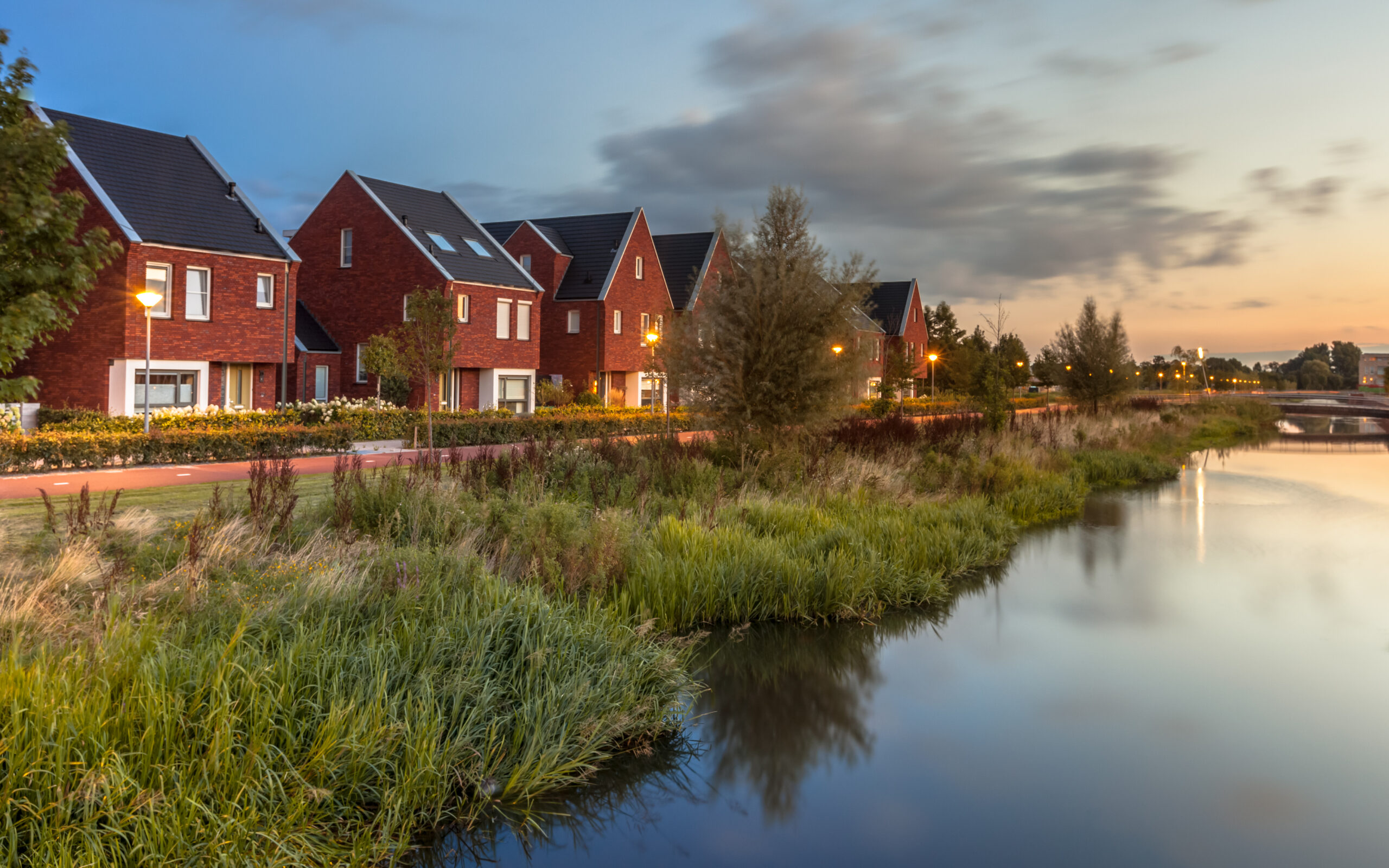
Design
Stormwater design is the process of designing a system to manage water runoff from precipitation events. The purpose of stormwater design is to minimize flooding, prevent erosion, and protect water quality. The process typically involves evaluating the site, determining the drainage patterns, and designing a system that includes various components, such as catch basins, pipes, and detention ponds. The design also includes consideration of local regulatory requirements and environmental factors. Proper stormwater design can improve the environment, protect public health, and ensure compliance with regulatory requirements.
Pipe Repairs
Stormwater pipe repairs involve fixing damaged or broken pipes that are part of a stormwater management system. The purpose of pipe repairs is to maintain the effectiveness of the system, prevent flooding and erosion, and protect water quality. The process typically involves identifying the location and cause of the problem, excavating the area around the damaged pipe, repairing or replacing the damaged section, and backfilling the area. Proper stormwater pipe repairs can prevent costly damage to infrastructure and natural habitats, ensure regulatory compliance, and promote the long-term health of the system.
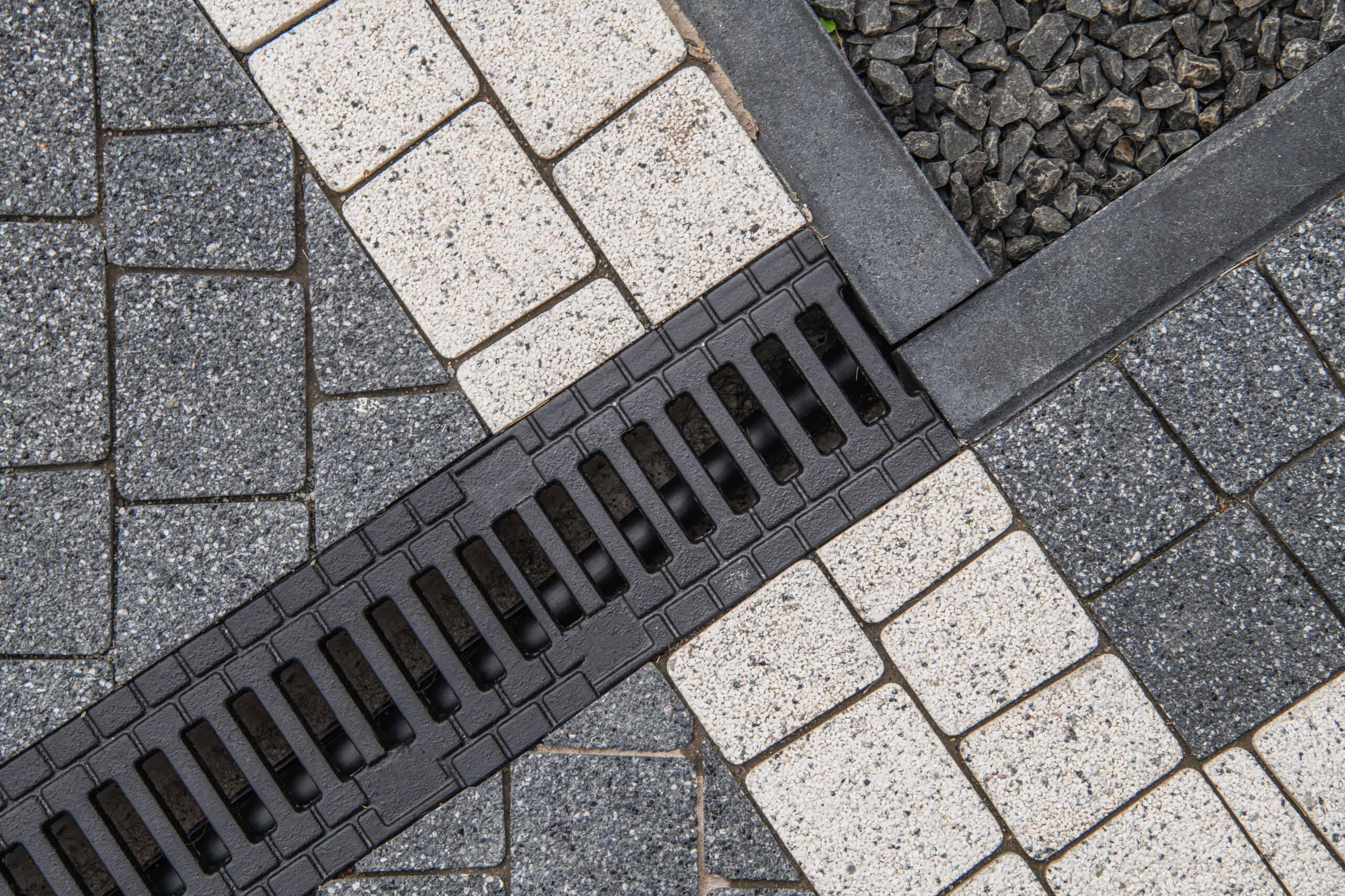
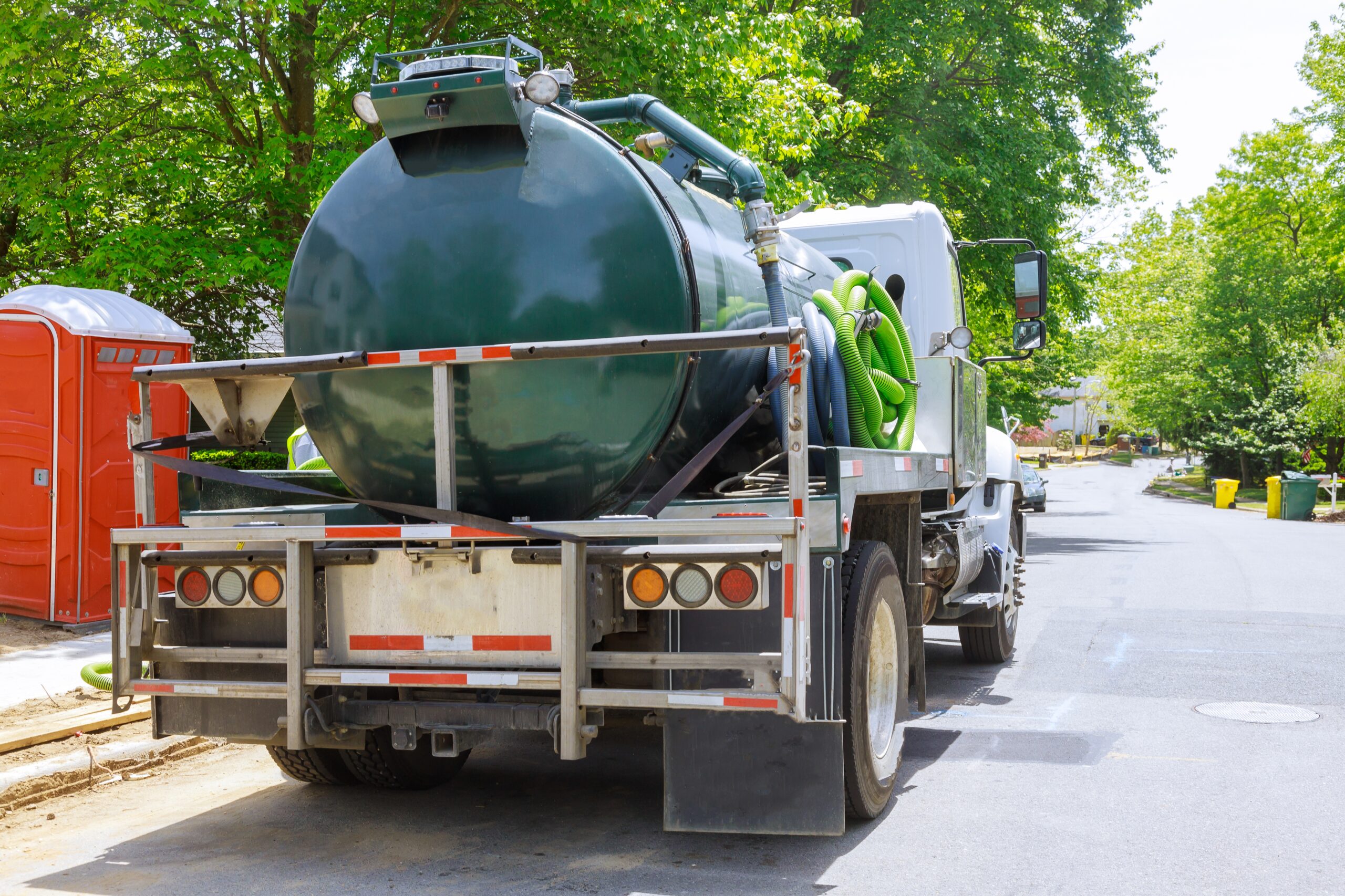
Pipe Cleaning
Stormwater pipe cleaning involves removing debris, sediment, and other pollutants from pipes that are part of a stormwater management system. The purpose of pipe cleaning is to maintain the effectiveness of the system, prevent flooding and erosion, and protect water quality. The process typically involves using specialized equipment, such as high-pressure water jets and vacuum trucks, to remove the buildup of materials within the pipe. Proper stormwater pipe cleaning can prevent blockages, prolong the life of the system, and ensure compliance with regulatory requirements.
Watersheds
A stormwater watershed is an area of land that contributes to the flow of stormwater into a common waterbody, such as a river or lake. The purpose of managing stormwater watersheds is to prevent flooding, protect water quality, and promote the long-term health of the ecosystem. The process typically involves identifying the boundaries of the watershed, assessing the conditions of the land and water, and developing strategies to manage stormwater runoff. Proper management of stormwater watersheds can improve the environment, protect public health, and ensure compliance with regulatory requirements.

We’ve got your back!
We devote ourselves to satisfying customers by creating tangible value and outstanding customer experiences.

